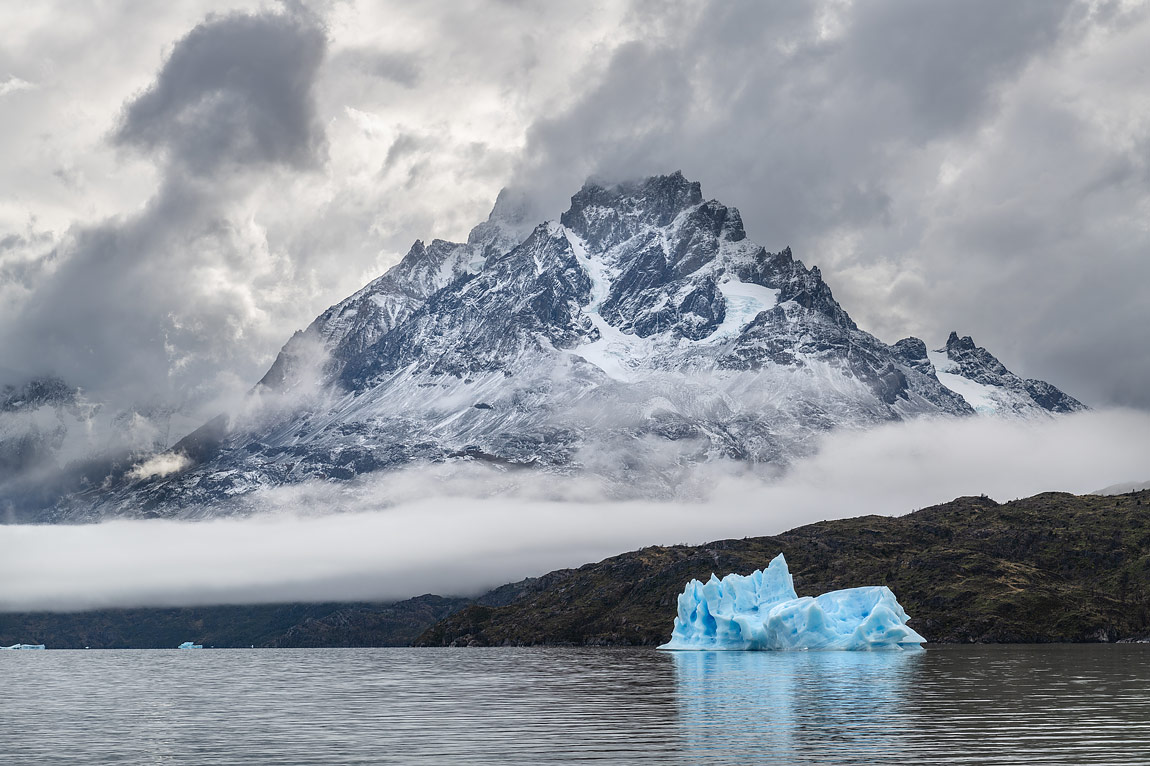Picture Story
Traveling to Patagonia feels like a journey to the edge of the world, both geographically and figuratively speaking. Patagonia runs along the southern tip of the South American continent, straddling Chile and Argentina. Torres del Paine National Park in Chile is the crown jewel of this region, marked by dramatic massifs, glaciers and fjords.
Getting to Torres Del Paine was arduous – a 16-hour plane journey to Santiago (Chile’s capital city) was followed by another 3.5 plane ride to Punta Arenas at the tip of South America. From here, a 200km drive took us to Puerto Natales, a gateway town to Chilean Patagonia, where we stocked up on groceries, food, gas and currency before making the final 75 km drive into the national park on mostly unpaved roads.
However, all the weariness from the travel seemed to evaporate as we got the first glimpse of the massifs towering over the Patagonian steppes. But just as we settled into our accommodation in the park, the weather worsened as storm clouds enveloped the whole region. I had about heard of Patagonia’s notorious weather in my trip planning, but the howling winds and non-stop rain over the next couple of days gave me first-hand experience of nature’s raw power in this part of the world.
I was left monitoring the forecast for breaks in the weather, and this image was made during one such clearing. We made our way to Grey Lake (Lago Grey) at the mouth of the Grey Glacier when we heard about the brief clearing. At the lake, I witnessed giant icebergs that had separated from the glacier. This scene was jaw-dropping just on its own. But the grandeur of this scene was amplified several times over by the clearing weather as it revealed dramatic mountain peaks and gave me a surreal prelude to the breathtaking spectacle that Patagonia is. It was this feeling of nature at its untamed best that I wanted to reflect in my photograph.



